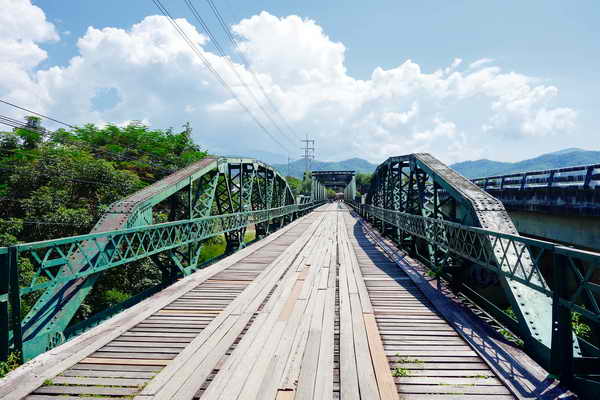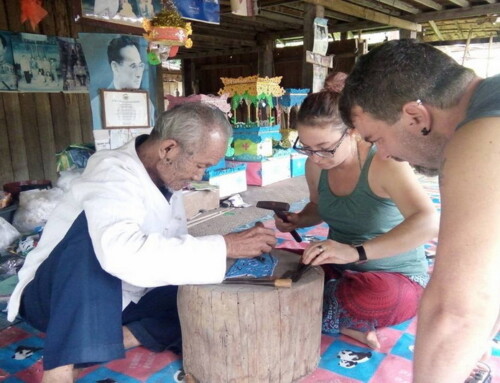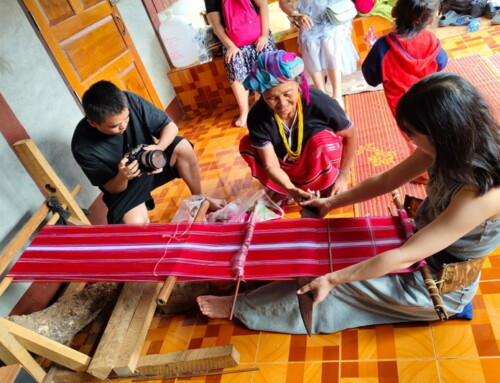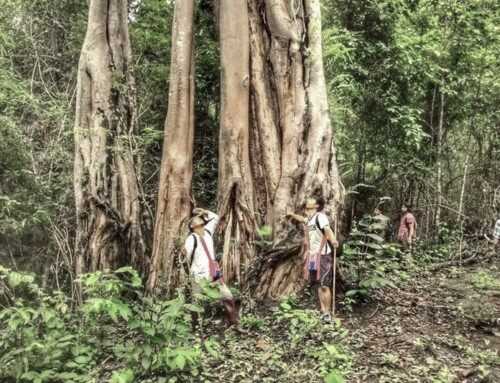Pai World War Bridge or Pai Memorial Bridge

The Pai World War Bridge is often cited as the most visible evidence of the presence of Japan’s Army in Northern Thailand during World War II.
A Monument Etched in Steel: Unveiling the Pai Memorial Bridge
Located on the road to northern Thailand’s charming highlands, the Pai Memorial Bridge is more than a passage across the Pai River—it’s a solemn sentinel to history. As one of the most historically significant Attractions in Pai, this site traces its origins back to World War II, when Japanese forces built it to connect their supply line between Chiang Mai and Burma. Today, it’s preserved as a pedestrian bridge, inviting visitors to walk on weathered wood and steel beams that echo the footfalls of time.


Structural Beauty Meets History
In 1939 World War II : A huge conflict, opponents on every continent and almost everywhere in the world, caused the biggest loss in the entire world history.
1941 : Japan went to war against the allied countries and created an army base in Thailand in order to achieve their strategic goals.
The plan was to attack Burma. At that time, Burma was a colony of the UK, but it was a difficult route for the army to travel, the way being blocked by the Pai River.
The Japaneses army forced villagers to work on the route from Chiang Mai to Mae Hong Son.
Meanwhile, villagers from Mae Hong Son were forced to build the route from Mae Hong Son to Chiang Mai. The road met in the area of ” Tha – Pai ” river near Ta Pai village.
The bridge was built using elephants which dragged trees 30 inches wild from the jungle. Strong poles were set up and the bridge to connecting the road between Chiang Mai and Mae Hong Son.
This became the historical World War II bridgeHis1946 World War II ended. Japanese soldiers left and burnt down the bridge. This caused the villagers major inconvenience in their own ways of transportation.
Because there was no bridge they had to make log boats th cross the river ( these were logs with holes dug inside ) .
Since the villagers were used to using the bridge for their transport and deliveries, they all came together and rebuilt the wooden bridge over the Pai River.
1973 : In August, there was a huge flood that caused damage to all the paddy fields, farms and also destroyed the bridge.
Pai district office asked Chiang Mai province for permission to have the ” Nawarat Steel Bridge ” to replace the ruined bridge.
1975 : The Nawarat Bridge was transported to Pai, Mae Hong Son.
1976 : It took 1 year to complete the works. It then became known as the ” Ta -Pai Bridge ” and for the new generation it still stands as a reminder of our history.
A Bridge to Emotions and Stories
More than architecture, this bridge tells tales. A stroll here evokes images of soldiers and supply carts, of post-war reconstruction and communal resilience. Artists, photographers, and contemplative travelers alike are drawn to the bridge’s rustic charm and its reflective atmosphere, making it a favored point for those exploring the Gateway to Pai.


Must-Do Activities at Pai Memorial Bridge
- Walk the bridge at dawn or dusk for surreal lighting and panoramic shots.
- Read the interpretive panels placed at intervals, offering insight into wartime history.
- Snap portraits framed by the Pai River and distant hills—a photographer’s dream.
- Explore the small local market nearby, selling handicrafts, coffee, and snacks from nearby villages.
Available Facilities
There are roadside shops and small cafes at the entrance. Free entry, ample parking, and pedestrian-only access make it accessible and safe for families and solo travelers alike.


Best Time to Visit
The ideal months are November to February, when mornings are misty and afternoons crisp. Early morning or sunset visits are recommended for tranquility and photo ops.
How to Get There
Located on Route 1095, just 8 km before reaching Pai town, it’s easily reached via scooter or Private Tour from Chiang Mai to Pai. Minivans from Chiang Mai to Pai are available daily and often make a stop here before entering the town. Alternatively, those driving can follow clearly marked signs along the road. The bridge is well known among locals, so asking for directions is never a problem.
Opening hours : Always
Entrance : Free






